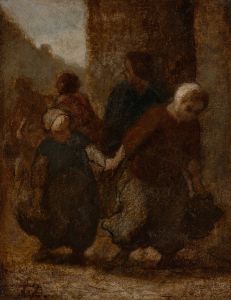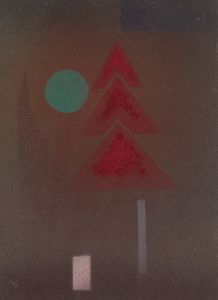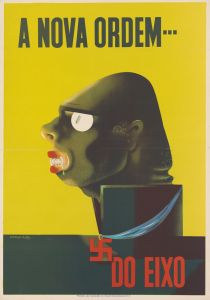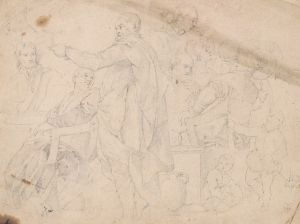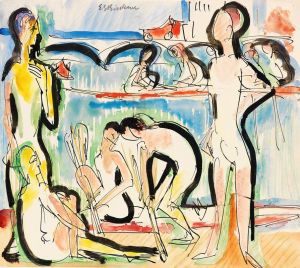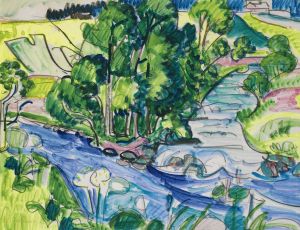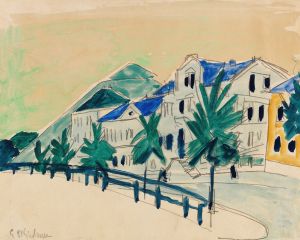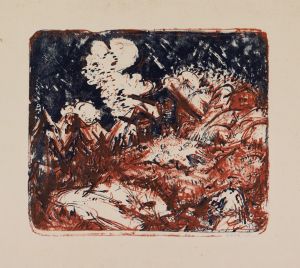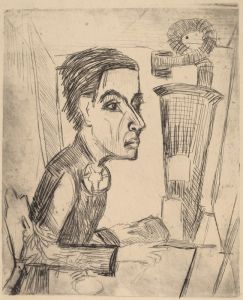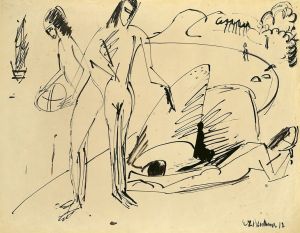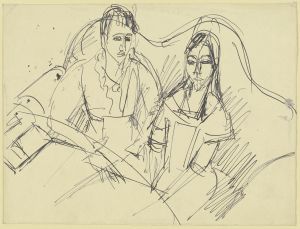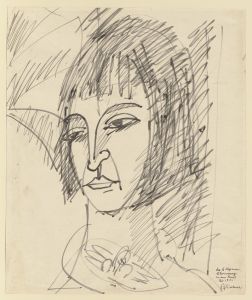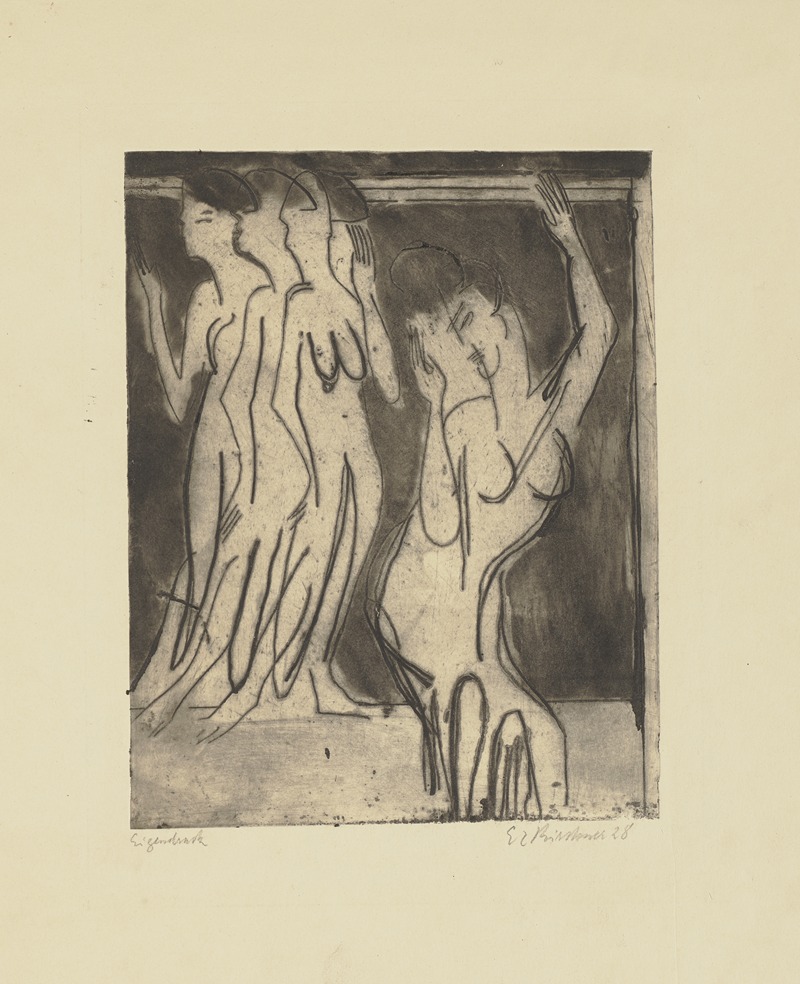
Wigman-Tanzgruppe
A hand-painted replica of Ernst Ludwig Kirchner’s masterpiece Wigman-Tanzgruppe, meticulously crafted by professional artists to capture the true essence of the original. Each piece is created with museum-quality canvas and rare mineral pigments, carefully painted by experienced artists with delicate brushstrokes and rich, layered colors to perfectly recreate the texture of the original artwork. Unlike machine-printed reproductions, this hand-painted version brings the painting to life, infused with the artist’s emotions and skill in every stroke. Whether for personal collection or home decoration, it instantly elevates the artistic atmosphere of any space.
Ernst Ludwig Kirchner, a prominent German expressionist painter and founding member of the art movement Die Brücke, created the painting Wigman-Tanzgruppe (translated as "Wigman Dance Group"). This artwork is believed to have been inspired by the performances of Mary Wigman, a pioneering figure in modern dance and a key proponent of Ausdruckstanz, or "expressive dance," in early 20th-century Germany. Wigman’s innovative and emotive style of dance, which often emphasized raw physicality and emotional depth, resonated with the expressionist ideals of capturing inner feelings and breaking away from traditional forms.
Kirchner’s work often reflected his fascination with movement, rhythm, and the human form, and Wigman-Tanzgruppe is no exception. The painting depicts a group of dancers in dynamic poses, their bodies and gestures conveying a sense of energy and fluidity. Kirchner’s characteristic use of bold, angular lines and vibrant, non-naturalistic colors is evident in this piece, emphasizing the emotional intensity and dramatic atmosphere of the scene. The composition captures the essence of Wigman’s performances, which were known for their innovative choreography and rejection of classical ballet conventions.
The painting is also significant within the broader context of Kirchner’s artistic career. His works frequently explored themes of modernity, urban life, and human emotion, and he was deeply influenced by the cultural and artistic movements of his time. Dance, as a subject, appeared in several of his works, reflecting his interest in the interplay between physical expression and emotional experience. Wigman-Tanzgruppe exemplifies his ability to translate the ephemeral art of dance into a static medium while retaining its vitality and expressiveness.
The exact date of the painting’s creation is not definitively documented, but it is generally associated with Kirchner’s mature period, during which he developed his distinctive expressionist style. The painting is considered an important example of the intersection between visual art and performance art in the early 20th century, highlighting the mutual influence between avant-garde movements in different artistic disciplines.
Today, Wigman-Tanzgruppe is recognized as a testament to Kirchner’s artistic innovation and his engagement with contemporary cultural trends. It also serves as a historical record of Mary Wigman’s impact on modern dance and her role in shaping the artistic landscape of the time. The painting is held in a private collection or museum, though its current location and ownership are not widely publicized.







